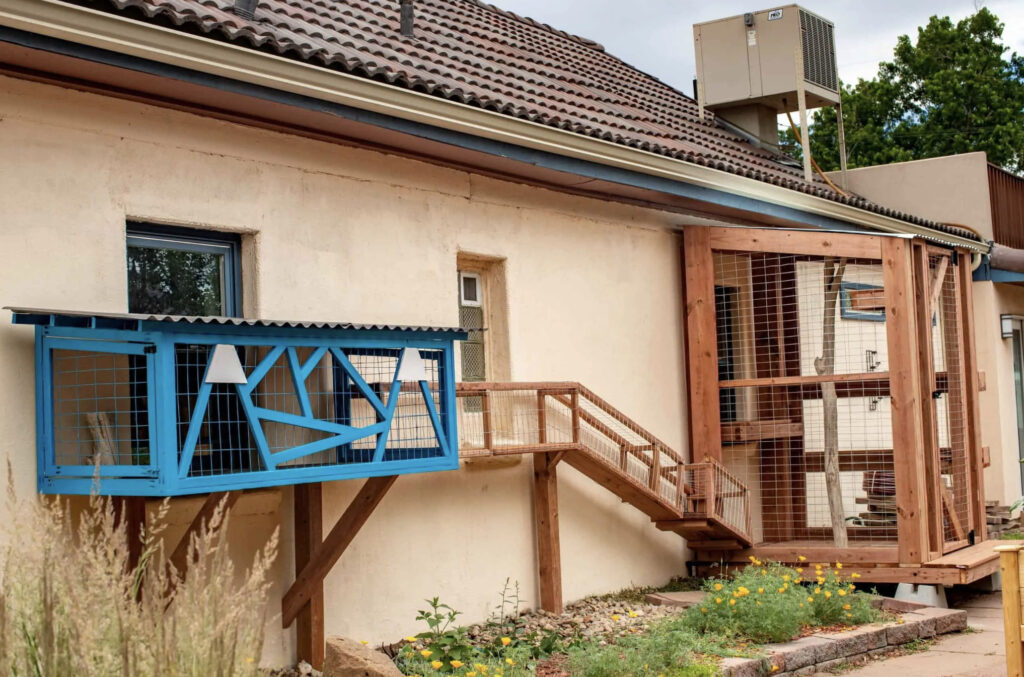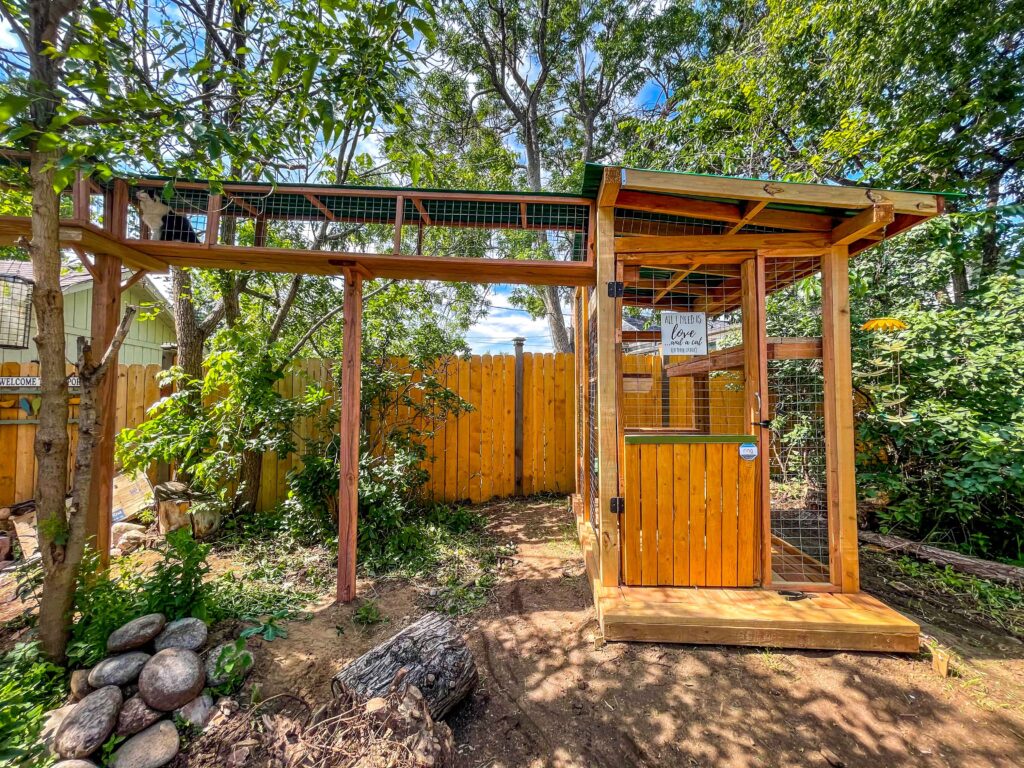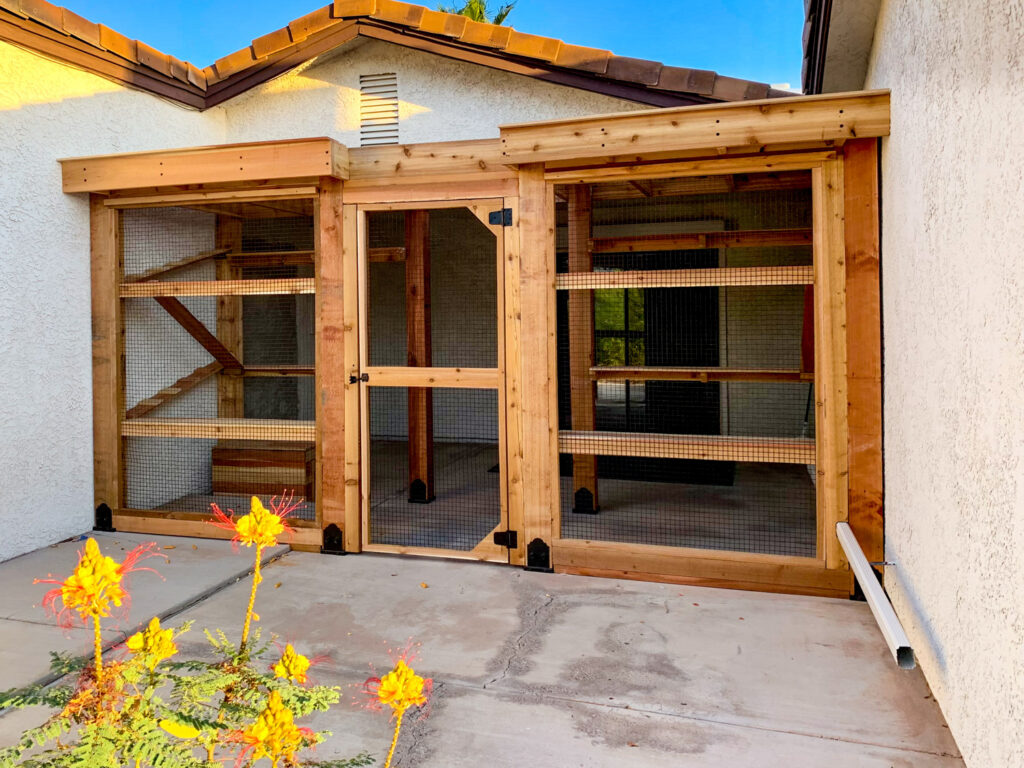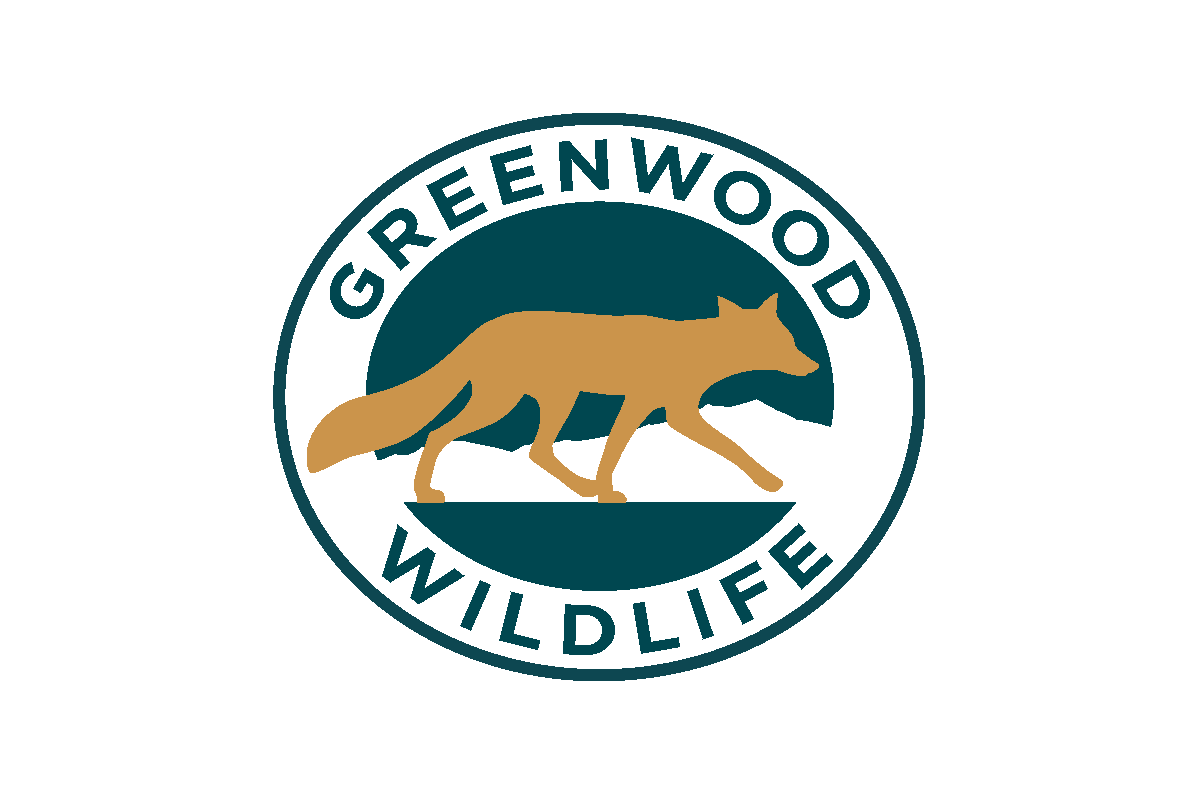Guest Blog – Protecting Local Wildlife: The Role of Catios in Disease Transmission Prevention
Written by: Simon Fox of thecattopia.com
We love our pets and treat them like members of our family. However, it’s important to recognize that our furry friends can have unintended consequences on the environment and local wildlife. One such consequence is disease transmission from outdoor cats to wildlife, which can have devastating effects on local ecosystems.
For example, cats that are outdoors can transmit diseases to wildlife through various means, such as direct contact, indirect contact, or environmental contamination.
Direct contact occurs when a cat physically interacts with wildlife, such as through predation, fighting, or mating. This can result in the transmission of diseases such as feline immunodeficiency virus (FIV), feline leukemia virus (FeLV), and toxoplasmosis. FIV and FeLV can weaken the immune system of wildlife, making them more susceptible to other infections and diseases. Toxoplasmosis, caused by the protozoan parasite Toxoplasma gondii, can cause severe disease in wildlife and even death.
Indirect contact can occur when a cat leaves its feces or urine in an area used by wildlife. This can result in the transmission of diseases such as toxoplasmosis and salmonellosis. Wildlife can become infected with toxoplasmosis by ingesting contaminated soil or vegetation, and salmonellosis can be transmitted through contaminated water sources.
Environmental contamination can occur when cats carry diseases on their fur, skin, or in their saliva, which can then be deposited in the environment. This can result in the transmission of diseases such as rabies, which can be fatal to wildlife. Fortunately, there is a solution to this problem – catios.
Outdoor Cats in Colorado: A Threat to Wildlife Populations
Outdoor cats are beloved pets to many people, but they can also have a significant impact on wildlife populations in Colorado. According to a study by the Colorado Parks and Wildlife Department (https://cpw.state.co.us/learn/Pages/LivingwithWildlifeComfort3.aspx), cats that are allowed to roam outside are responsible for killing many birds and small mammals each year.
This impact is particularly concerning in Colorado, which is home to many unique and vulnerable species. For example, the state is home to the greater sage-grouse, a bird species that is listed as threatened under the Endangered Species Act. Outdoor cats have been identified as a major threat to these birds, along with other species such as the white-tailed ptarmigan and the boreal toad.
Cats are natural predators and are capable of hunting even when well-fed, so outdoor cats can have a significant impact on wildlife populations. To reduce the impact of outdoor cats on Colorado’s wildlife, there are several steps that pet owners can take. Keeping cats indoors is the most effective way to reduce their impact, but providing outdoor enclosures or supervised playtime can also help. Additionally, Colorado residents can participate in trap-neuter-return programs, which can help to reduce the number of free-roaming cats in their communities.
While outdoor cats can bring joy to their owners, they can also have a significant impact on wildlife populations in Colorado. It is important for pet owners to take steps to minimize their pets’ impact on the environment and to participate in efforts to reduce the number of free-roaming cats in their communities. By working together, we can help to protect the unique and diverse wildlife of Colorado.
What is a catio?
A catio is an enclosed outdoor space designed specifically for cats. These structures allow cats to enjoy the outdoors while preventing them from roaming free and potentially harming wildlife. Additionally, catios can help prevent disease transmission from cats to wildlife by limiting contact between the two.
Why are outdoor cats a problem for local wildlife?
Cats are natural predators and can have a significant impact on local wildlife populations. According to research by the American Bird Conservancy, cats are responsible for the deaths of an estimated 2.4 billion birds and 12.3 billion mammals each year in the United States alone. This staggering number highlights the importance of keeping cats contained and preventing them from preying on wildlife.
Outdoor cats are a problem for local wildlife for several other reasons:
- Hunting instincts: Cats are natural hunters, and outdoor cats can prey on small animals like birds, rodents, and reptiles. This can have a significant impact on local wildlife populations, particularly for species that are already threatened or in decline.
- Domestication: Domestic cats are not native to many areas and can disrupt local ecosystems by preying on species that are not adapted to defend against them. This can cause imbalances in the local food chain and impact the survival of various species.
- Disease transmission: Outdoor cats can be carriers of diseases that can be transmitted to wildlife, such as toxoplasmosis and feline immunodeficiency virus. These diseases can have serious impacts on wildlife populations and ecosystems.
- Competition for resources: Outdoor cats can also compete with native predators for resources such as food and shelter, further disrupting local ecosystems.
How can catios help cats?
Catios can provide a variety of benefits to cats by allowing them to enjoy the outdoors safely. Here are a few ways catios can help cats:
- Environmental enrichment: Cats are natural explorers and hunters, and catios can provide a stimulating environment for them to explore and engage in natural behaviors. Catios can include perches, shelves, and climbing structures, providing opportunities for cats to jump, climb, and play.
- Mental stimulation: Being outdoors can provide cats with new sights, smells, and sounds that can help keep them mentally stimulated and engaged. Catios can provide a safe and controlled outdoor environment for cats to explore, reducing boredom and stress.
- Sunlight and fresh air: Spending time in the sun can help boost a cat’s mood and provide them with vitamin D. Fresh air can also help improve their respiratory health and overall wellbeing.
- Reduced stress and anxiety: Catios can provide a safe and secure outdoor environment for cats, reducing their stress and anxiety levels. Cats that are allowed to spend time outside in a safe and controlled environment may be less likely to engage in destructive behaviors, such as scratching furniture or spraying.
- Reduced risk of injury and disease: Outdoor cats are at risk of injury and disease from exposure to cars, other animals, and environmental hazards. Catios provide a safe outdoor space for cats while protecting them from these risks.
What are the different types of catios?
There are a variety of different types of custom catios. Some popular types of catios include:

- Window catios: Window boxes are small enclosures that attach to the outside of a window, allowing your cat to enjoy the outdoors while still remaining inside. (thecattopia.com)

2. Freestanding catios: Standalone enclosures are larger structures that can be placed in a backyard or other outdoor space. These enclosures can be made from a variety of materials, including wood, metal, or mesh.

3.Screened-in cat patios: Screened porches are a popular option for cat owners who want to give their cats more space to roam. These enclosures are typically attached to the side of a house and provide a fully enclosed outdoor space for cats to explore.
Choosing a Catio Builder
Choosing a professional to build your catio ensures that you get a well-designed and safe structure. One such professional is Cat Topia, a company that specializes in building custom catios across the United States. They have a variety of catio builds to browse through and can work with you to design a space that meets your specific needs.
Remember, outdoor cats can have unintended consequences on local wildlife, so it’s important to take steps to keep them contained. By having a professional build a catio for your cat, you can give them the best of both worlds – a safe and secure outdoor space to explore, without the risk of harming wildlife or spreading disease. By having a professional build your catio, you can be sure that the structure is durable, safe, and long lasting. This can give you peace of mind knowing that your cat is protected and that you are helping to protect local wildlife.
In conclusion, building a catio is an excellent way to protect local wildlife while improving your cat’s quality of life. By choosing a professional like Cat Topia to build your catio, you can be sure that you get a well-designed, safe, and durable structure that meets all local regulations.
Conclusion
Protecting local wildlife is an important responsibility that we all share. By building a catio for your cat, you can help to prevent disease transmission and limit the impact of outdoor cats on local ecosystems. Additionally, catios can provide a safe and enjoyable outdoor space for your cat, helping to improve their quality of life. Whether you choose to build a DIY catio or hire a professional, the benefits of these structures are clear – for both cats and wildlife alike.

